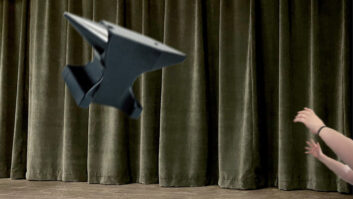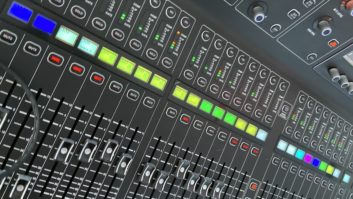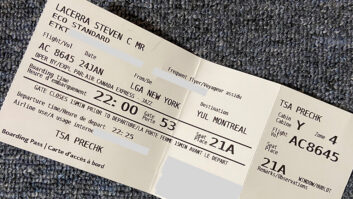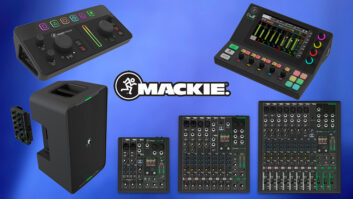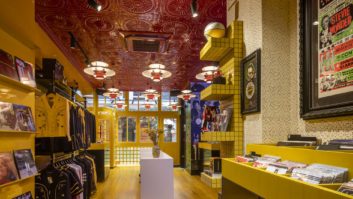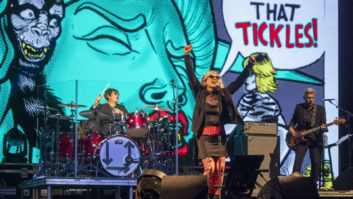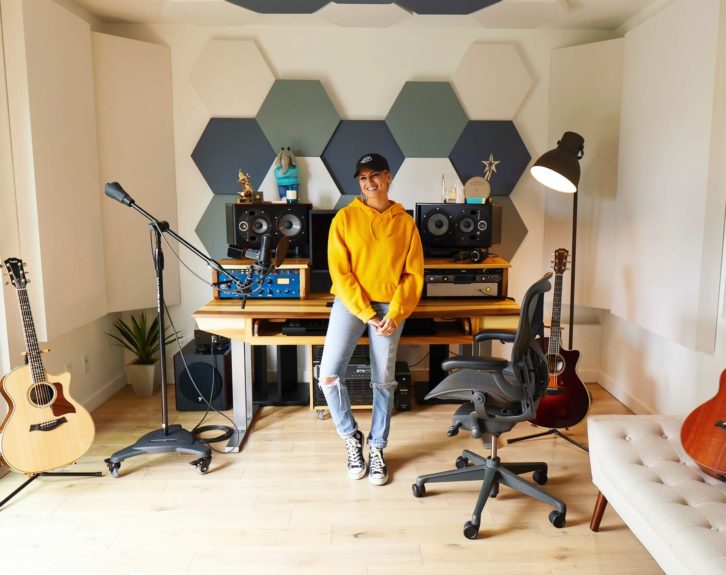
No matter what level of success a musical artist has attained, the struggle in the current scenario is similar. Until musicians can perform in a face-to-face setting again, virtual interactions through social media—Instagram in particular—have become one of the only options to connect with fans and bring awareness to their work.
At the time of lockdown, Billboard chart-topper and multiple Grammy Award-winning artist Tori Kelly was starting a tour for her third album, 2019’s Inspired by True Events. That soon ended. Donna Missal, who was on an arena tour of Europe, supporting the likes of Lewis Capaldi, was rushed home to the U.S. ahead the release of her second album, Lighter. Second-generation guitarist and songwriter Nile Marr had all his activities stalled: finishing recording an album and cultivating a grassroots following in his hometown of Manchester, England.
Marr has a comedic and natural persona on social media and is topping the coveted 10K mark on Instagram followers. He has a monthly Q&A while he’s getting his hair dyed, a communal feeling to his posts, an observational slant to his stories, and is good at building momentum. By contrast, prior to the shutdown, Missal, who has more than 80K followers on Instagram, had never used social media to bond with fans as such, and certainly not as a performance space.
“I always thought of these platforms as a place to give information,” Missal says. “They’re not built for creating and sharing experiences. For my last album, This Time, I was in all these different cities performing the record, doing a ton of promo. I was going to radio stations, doing live performances for late night TV. I promoted it in a live, present way. I never did anything on social media.”
Kelly, on the other hand, got her start on YouTube as a teenager and is very comfortable on social media platforms, where she has 3 million-plus followers on Instagram (and YouTube). Two weeks into the lockdown, Kelly started “QuaranTEA with Tori,” a daily series on Instagram Live. It was named by her fans after her “Tea with Tori” pre-show meet-and-greets. Kelly is fun and casual in the series, where she sometimes performs on her own and sometimes beings in a few famous friends, such as Demi Lovato and Alessia Cara.
“I only did four shows of my tour before it got cut off, so it felt really natural to transition to performing online because I was already in performing mode, singing every day,” says Kelly, who hosts QuaranTEA with Tori out of her acoustically treated home studio. “In a way, it felt like going back to my roots. I didn’t want to overthink it or make it this big production.”
In Need of Outlets
“Trying to be an artist is difficult, especially when your outlet is playing live and there is no outlet for you,” Marr adds. “You can’t play gigs, a lot of people aren’t going to make records, and maybe you want to wait it out. I can’t do that. If I’m going to tell people I’m a musician, I need to act like I’m a musician every day.”
Marr has released the three-song EP Still Hearts during quarantine, plus the single “Are You Happy Now?” He has more singles lined up over the course of the next few months, leading up to an album at the end of the year. He has hosted a Q&A with a longtime music friend from his car. He has been a guest on three podcasts: Gigwise, Underground England and Groupie Therapy. He has done an Instagram Live performance for famed guitar shop, Chicago Music Exchange, for Jimmy’s, a gastropub with live music in Manchester, and for United We Stream Greater Manchester curated by Night & Day, where Marr had a residency. All but the last have been streamed from his home.
“I want there to be a way to do livestreams with better audio quality,” says Marr. “I don’t like singing into my phone. I recognize people like it and aren’t bothered by it. But if I’ve got a new song and I’m going to play it on the livestream, I want it to sound brilliant. People are already looking at their phones more than they would normally because they’re inside. I’m asking someone to sit with their phone for 25 minutes as I play into it. I want to sound good. I struggle with the fact that I could hook up a microphone and make it sound better, but I don’t know how to do that yet.”
Missal sometimes has to work around her three housemates, letting them know in advance when her livestreams are scheduled and asking them to stay off the wi-fi, turn off their Bluetooth and remain quiet, giving her the living room, which has favorable lighting and whose vaulted ceilings give her the best acoustics.

Even so, Missal is not able to present her songs without assistance. She plays enough piano and guitar to write songs, but not enough to perform them. She asked her band members to send through their parts, which she has running as backing tracks off one laptop through a Bluetooth speaker. She has a second laptop with lyrics and her notes about the livestream, which quite often has a charity aspect to it. She has her phone propped up for the actual performance, creating a command center of sorts. This is the setup she had for a Vevo livestream performance for Consequence of Sound.
“I haven’t spent my time as an artist learning self-reliance,” she admits. “I had to reevaluate my standards, understanding that it wasn’t going to be like a live show, it wasn’t going to sound great, but it was going to be the best that I could do. I had to get over that mental hurdle in order to even agree to participate.
“I sing so loudly, and the phone does this crazy throttling thing where if you sing too loud, it is not conducive,” she continues. “It automatically realizes the level is peaking and pulls the volume back suddenly. Luckily, the audience on the receiving end, they don’t really care. The only thing I found people having a hard time with is if your connection isn’t strong enough and you’re glitching. It’s really hard to watch that. It can ruin the performance.”
Kelly also had to improve her wi-fi signal, as neither her home nor her phone service provider were powerful enough. Her intention, however, is to keep her streams as stripped down as possible to go back to her early YouTube days. Kelly has performed on Good Morning America from her home and participated in Instagram Live interviews with E! News and Access Hollywood, as well as Human to Human 2020, a Facebook Live donation event. For these she has had to up her game with a ring light and a Sony C800G microphone and pop screen, while running her audio off Apple Logic Pro.
On Stage, Alone in the House
For his United We Stream performance, Marr was asked to come to a large theater in the Greater Manchester area. He came on his own armed with his guitars. Ahead of time, disinfected microphones, color-coded per artist, were positioned on stage. His performance and interview were filmed professionally with less than a handful of people in the cavernous space. As low-key as this experience might seem to the viewer, Marr needed a solid week of preparation in order to pull it off.
“I had not been singing loudly, outwardly, and I had not been singing enough,” he says. “You have to be gigging to get back that vocal ability you’re used to. I had to learn how to play acoustic, which I love, but don’t often do. I’m used to going to new tunings really quickly live when I’m on electric because I don’t have a tech. On acoustic, it’s completely different and there’s no applause break, there’s just people waiting on the stream.”
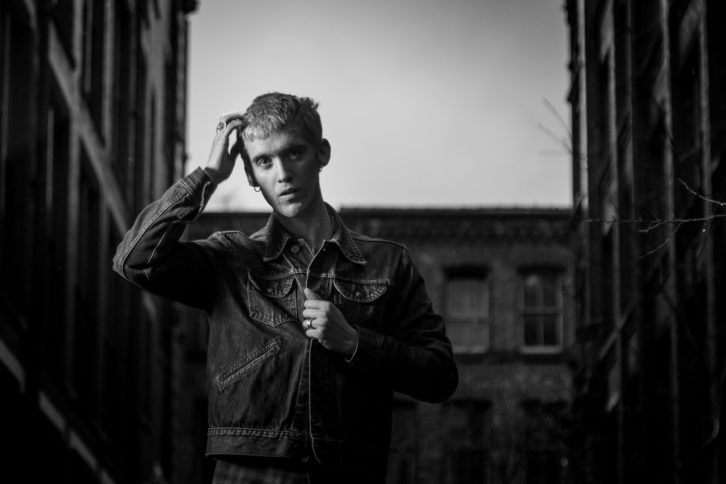
Even though he was playing to the bare bones staff at United We Stream, Marr still prefers that to performing to his phone. “What people don’t realize,” he says, “even just playing on the phone in my house, I still treat that like a gig. I get worked up before. I’ve got the adrenaline rush, but I don’t get the release. I get nervous playing into my phone. I want people to like it more than when I’m at a gig. Playing through my phone, I want people to feel like bringing me into their home and deciding to look at their phone for 30 minutes without changing apps, without doing anything. I want them to feel like it was worth it.”
Marr is not alone in feeling this way. Missal, who after the first couple of shows in a tour hits her groove and is comfortable and confident, has gone back to square one with livestream performances. She says: “I’ve never been more nervous. I get sweats. My face gets flushed. I feel intense anxiety. Once you’ve done everything that you can to set the livestream up, you have to still go through the process of performing into, essentially, a mirror. Sometimes to get the notes out, you just have to look like a crazy person, and that’s got to be okay.”
“Performing is a big circle of energy coming out of the performer to the audience and then the audience gives the energy back to the performer,” she continues. “When you’re performing into your phone, watching this little marker of who’s there and who’s leaving and who’s coming, the comments are scrolling, it’s not a cyclical experience. It’s no longer about passing and sharing of energy, it’s about giving yourself to something and you don’t get anything back.”
Nevertheless, it has been a productive time for Missal, who tapped her record label to purchase Logic and a Universal Audio Apollo Twin, and is teaching herself to use those from what she has absorbed working in studios and via YouTube tutorials.
Kelly, who received Logic as a Christmas present when she was 15 and learned how to record herself years ago, has written and recorded an EP, Solitude, which sonically is more in touch with her origins as an artist and is more reflective of where she is now than where she was at the time of Inspired by True Events.
Marr has completed the soundtrack for the upcoming Ron Howard film, Hillbilly Elegy, with Hans Zimmer and David Fleming. And he has returned to writing songs on acoustic guitar, which is how he got started as a songwriter. He is finding that with his mind unoccupied by soundtrack responsibilities and live gigs, ideas are free-flowing and fast.
Says Marr, “For bigger artists, this has been a massive hit. For an artist at my level, it might slow me down, but people have gotten hyper-focused and close to the artist because you can’t access them anywhere else. I like the live interaction experience.”
“I feel like I’ve really reconnected with fans,” Kelly says. “That’s been awesome. Whatever coming out of quarantine looks like, I want to keep that connection, even if it means spontaneously going on Instagram Live and doing an impromptu jam session, or hopping on chatting with people. I can credit my whole start to posting YouTube videos and going on livestreams, talking with fans and playing very small coffee shops and meeting every single fan afterwards. That is super important to me. I can’t see myself straying from that connection.”
